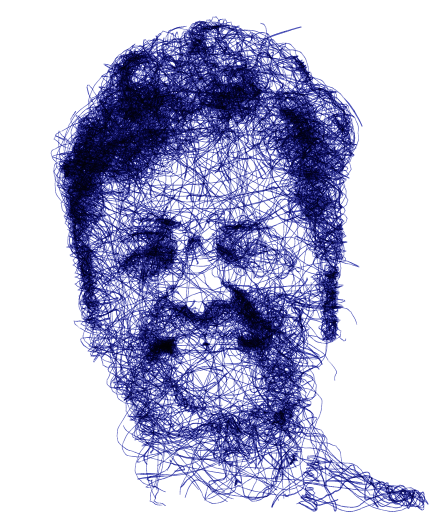Biography of Biren Shah, alumna of the house

Biren Shah, originally from Gujarat (India), embodies a journey that combines cultural roots with international openness. A graduate of ISEP in Paris in 2013, he has gained recognized expertise in international project management, payment systems, and artificial intelligence. Today, as head of operations in an IT company, he also leads committed community initiatives. Founder and president of InFra (India-France Association), he works to strengthen Indo-French relations in the fields of culture, education, research, and trade. A former resident of the Cité internationale universitaire de Paris during his studies, he deepened there his vision of a world built on peace, unity, and intercultural dialogue.
The whole world is one family. Love conquers all.
A poem-chair
“I adopted the chair, this familiar object, a few decades ago, at a time when I wanted to create art on a human scale in public spaces, while everywhere else people opted for the monumental: it is an object shaped like the body and serves the body. It is difficult to feel exclusive ownership of an object so universally shareable. It is mine when I occupy it, but if I leave it, someone else can claim it as their chair.” Michel Goulet, artist-sculptor
The project Prendre position
Prendre position is a sculpture-installation project of 47 chair-poems to mark the 100th anniversary of the Cité internationale universitaire de Paris. They were installed in a flowered meadow created especially for the occasion by the campus estate service.
This artistic installation was conceived by the Quebecois artist-sculptor Michel Goulet, in collaboration with François Massut, founding director of the collective Poésie is not dead.
Each house on the campus is represented by a chair, thanks to a donation from the Maison des étudiants canadiens and the support of the Labrenne group. Each of the 47 chairs is a unique work.
History and architecture of the house
Two Indian architects, J.M. Benjamin and H.R. Laroya, designed the Maison de l’Inde. Since its creation in the 1960s, the Maison has played an important role in promoting Indian culture in Paris. In 2013, an adjacent pavilion was built to the east of the first building.
